2021 Synth Purchase Memo
The Covid-19 pandemic continues to affect the entire world, and now the Omicron variant’s spread is raising new concerns.
For all the band members whose musical activities have been limited due to the pandemic, hang in there! I’m in the same boat.
Playing in a band requires studio rehearsals, but studios are enclosed spaces with restricted airflow and poor ventilation. If one of the members were to contract Covid-19, the rest would be at risk. The risk in a studio is comparable to that in karaoke rooms, and since the Omicron variant is highly contagious, it’s crucial to take extra precautions. Using air circulators, fans, or ventilation systems to improve airflow can help reduce the risk of infection.
This year marks the third year since the pandemic began in 2020. With my band activities on hold due to company Covid regulations, my pent-up energy resulted in me purchasing five synthesizers over this period.
Each of them has proven exceptional, but the one that truly stands out is the TAKE5 released by Sequential. In this installment of my synth journals, I’ll be reporting on my experience with the TAKE5. But first...
Synthesizer Chronicle
Since I began playing keyboards at age 18, I’ve bought numerous synthesizers, organs, electric pianos, and more. The band I started back in my student days is still going strong.
Synthesizers have evolved in sync with advancements in technology, and instruments that cost over 10 million yen thirty years ago can now be purchased in the 100,000-yen range.
Take, for example, the Fairlight CMI, which cost millions back in the day and operated with an 8-bit system. Today, 8-bit sampled sound sources are virtually nonexistent, highlighting just how far technology has come.
The orchestral hit sound famously featured in the global hit “Owner of a Lonely Heart” by Yes is a Fairlight sound. When you view music through the lens of synthesizers, you can truly see the era in which it was created.
Monophonic Synthesizers Capable of Only One Note at a Time
The pioneers of monophonic synthesizers are, without a doubt, the Minimoog and the ARP Odyssey. In the 1970s, the Minimoog was priced at around 630,000 yen, while the ARP Odyssey went for about 550,000 yen, making them unaffordable for amateur musicians. These two instruments became iconic in the world of synthesizers, and professionals around the globe continue to use them to this day.
However, there was a significant limitation: synthesizers of that era could only produce one note at a time (though the Odyssey could manage two notes). Keyboard players longed for a polyphonic synthesizer capable of playing chords.
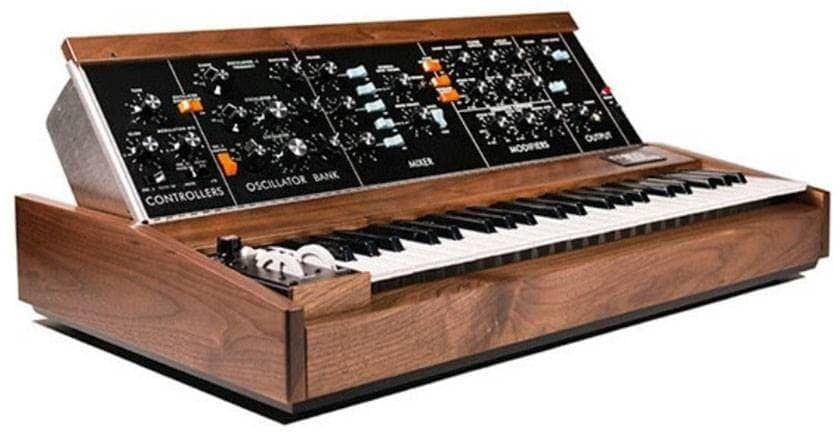
Minimoog Synthesizer
The Legendary Prophet-5 by Sequential Circuits, a Synthesizer That Took the World by Storm!
In 1978, a groundbreaking event occurred. Sequential Circuits released the Prophet-5, a polyphonic synthesizer capable of producing 5-note chords. Musicians worldwide embraced the Prophet-5, using it to create music. At the time, its price in Japan was 1.7 million yen—quite expensive and out of reach for most amateurs.
Today, the Prophet-5 is priced at 499,800 yen, which is lower than before, but it remains a high-end piece of equipment that is still not easily accessible for many amateur musicians.
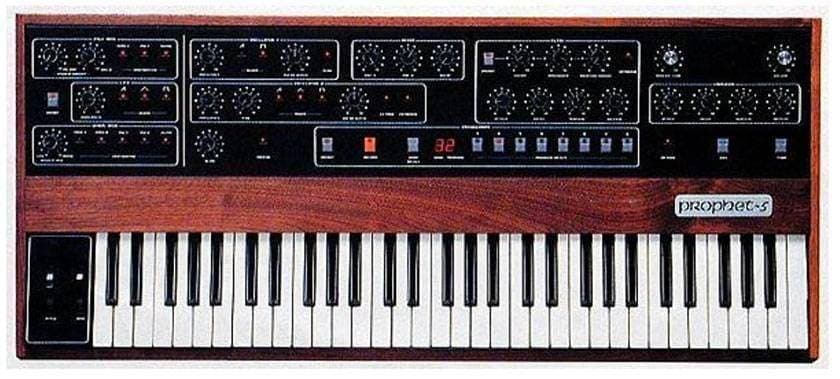
Sequential Circuits Prophet-5
In 2021, Sequential Released the TAKE5!
After more than 40 years since 1978, a groundbreaking event occurred for synthesizer enthusiasts. Sequential released the TAKE5, a 5-voice polyphonic synthesizer. The TAKE5 was launched in November 2021, priced at 236,600 yen. With the price being less than half of the Prophet-5, I quickly reserved one from Sound House and waited for the delivery.
Sequential (Dave Smith Instruments) / Take 5
The TAKE5 arrived even earlier than expected in 2022. It was my first analog synthesizer in quite a while. Since I have back issues, I can’t carry equipment weighing more than 10 kg without experiencing severe back pain the following day, so I couldn’t purchase heavier synthesizers. In that regard, the TAKE5 is light, weighing only 7.7 kg.
Unlike inexpensive synthesizers that come with an AC adapter for power, this one uses a regular power cable. I’ve never been fond of AC adapters because the plug is large, the cable is thin, and it often makes the setup messy, with cables cluttering the area. While cheaper synthesizers use external power supplies to cut costs, the TAKE5 doesn’t have this issue, making setup and performance much more comfortable.
The Sound of the TAKE5
Now, let’s talk about the most important aspect—the sound. The analog synthesizers I’ve owned in the past include the Roland SH-5, Korg POLY-6, Roland JUPITER-6, and Oberheim XPANDER. Despite the price differences, the one that stood out with its overwhelmingly great sound was the Oberheim XPANDER. One of my ideal qualities for an analog synth sound is ‘thick, rich sound’, and that’s what I found with the XPANDER. The POLY-6 and JUPITER-6 also had good sounds, but their tones were a bit thinner and didn’t quite align with my preferences (though many people love that thinner sound). However, the main element I seek in an analog synth is a thick, powerful sound—something that stands out and doesn’t get buried in the mix, even alongside loud guitars. The sound of the TAKE5 was different from the Oberheim, but it had presence, a core to its tone, and it was sticky, solid, and wonderful (Describing sound is quite difficult).
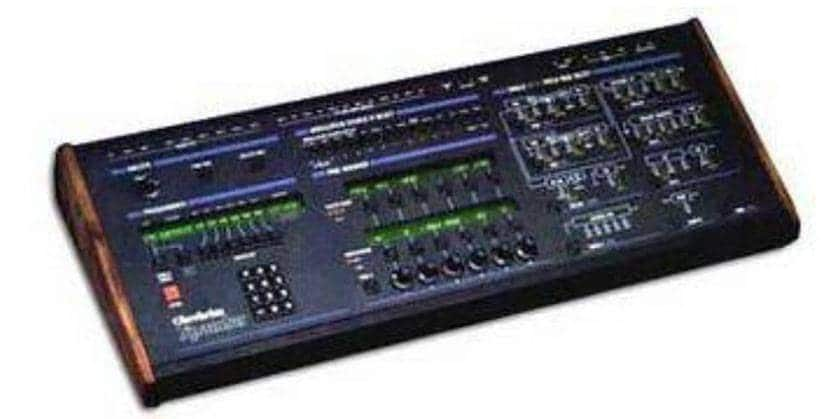
Oberheim Xpander (6 polyphony voices)
Before Christmas in December, when the number of Covid-19 cases was decreasing, I had the chance to make some music with my bandmates. The sound of the TAKE5 didn’t get buried by the loud guitar tones. Even with a soft, flute-like sound, using a sine wave and slightly muted filter cutoff, it was clearly heard in the mix. With digital synthesizers, such sounds often get lost in the background, so I believe this is one of the advantages of this synth. I think the quality of the oscillator (signal generator) is likely a key factor.
Like the Oberheim, the TAKE5 was one of the most powerful keyboard instruments I’ve used. Typically, I use keyboard instruments at volume levels 7 or 8 (on a scale of 10), but with the TAKE5, I could use it at levels 2 or 3, which was surprising.
Another thing I was pleased with was the level of refinement in its sound. This is something I think is crucial for analog synths. After using the TAKE5, I began to understand why professional musicians choose Sequential synthesizers. While I still have a long way to go in mastering it, I’m hoping to release a more detailed report once I’ve uncovered more of the depth of this synth.
P.S. The Sequential TAKE5 was also chosen as the Best Hardware Synthesizer of 2021 by the website MusicRadar.
The column “sound & person” is made possible by your contributions.
For more information about submissions, click here.





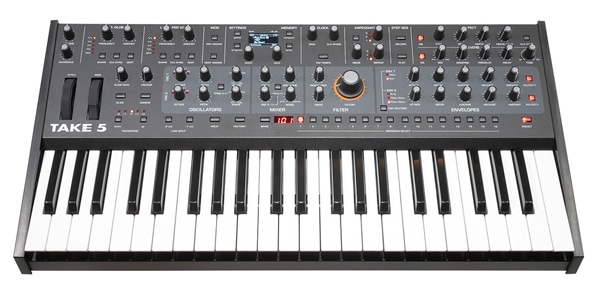

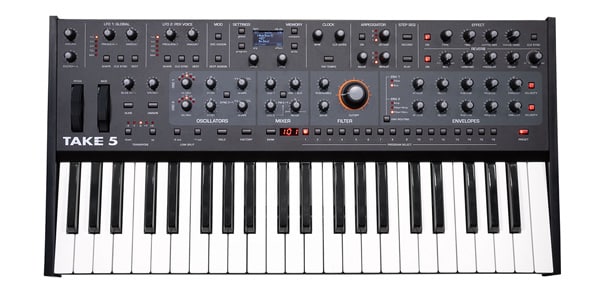





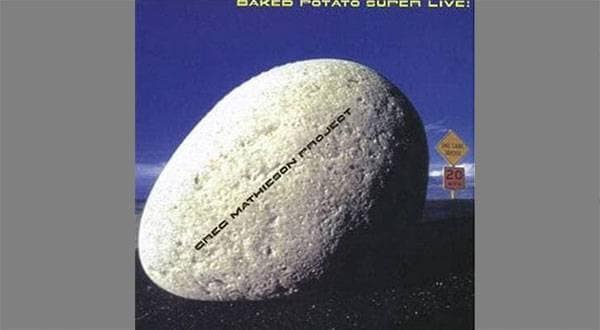

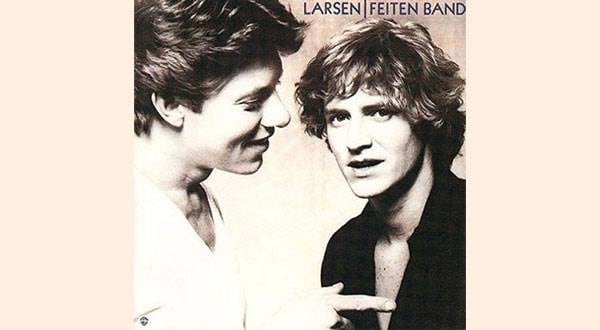

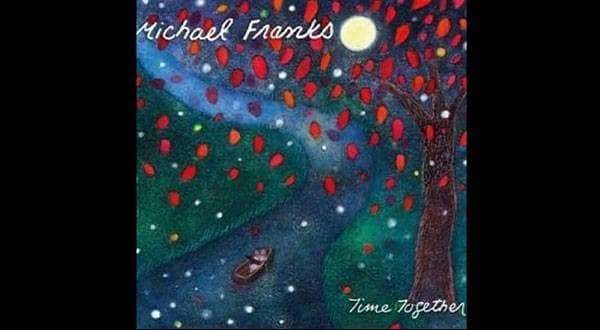
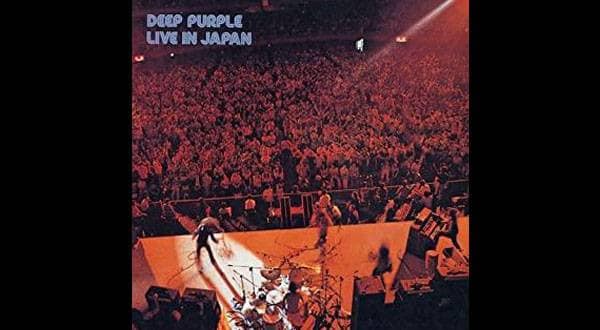
 Roland 電子ピアノデジタルピアノ購入ガイド
Roland 電子ピアノデジタルピアノ購入ガイド
 おすすめの電子ピアノ
おすすめの電子ピアノ
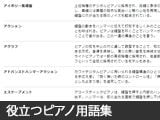 自分にあったピアノを選ぼう!役立つピアノ用語集
自分にあったピアノを選ぼう!役立つピアノ用語集
 キーボードスタートガイド
キーボードスタートガイド
 キーボード・ピアノ講座
キーボード・ピアノ講座















